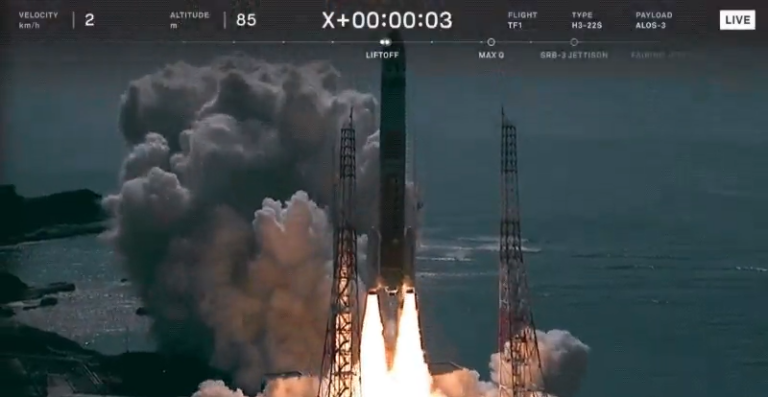Space is hard—even in 2023. The Japan Aerospace Exploration Agency, instead of celebrating the launch of its new H3 rocket, is now trying to figure out what went wrong during Monday’s failed flight.
The two-stage H3 rocket left the pad on schedule, rising into the sky at 8:37 p.m. ET on March 6 from the Tanegashima Space Center in Japan. It was only after first stage separation that things started to go wrong, with ground controllers saying they weren’t able to confirm second stage engine ignition. Controllers then made the decision to engage the rocket’s flight termination system, saying “there was no possibility of achieving the mission.” The destruct command was transmitted at 8:52 p.m. ET, according to JAXA.
UK: Lifetime ban on returning to the country for illegal immigrants crossing the English Channel
The launch had been going well prior to the anomaly, with the solid rocket boosters separating roughly two minutes into the mission and the first stage fulfilling its lifting duties prior to shut down and separation near the five minute mark. The rocket had been flying in a southerly direction in an attempt to enter a polar orbit. The second stage was supposed to kick in at the 5:16 mark of the mission but never did so, making it impossible for the vehicle to reach orbit; the second stage got no higher than about 400 miles (630 kilometers), according to data displayed during JAXA’s live broadcast. Range controllers issued the destruct command shortly thereafter, with the resulting debris falling onto a remote part of the ocean near the Philippines.
Read more: Gizmodo
Ask me anything
Explore related questions





